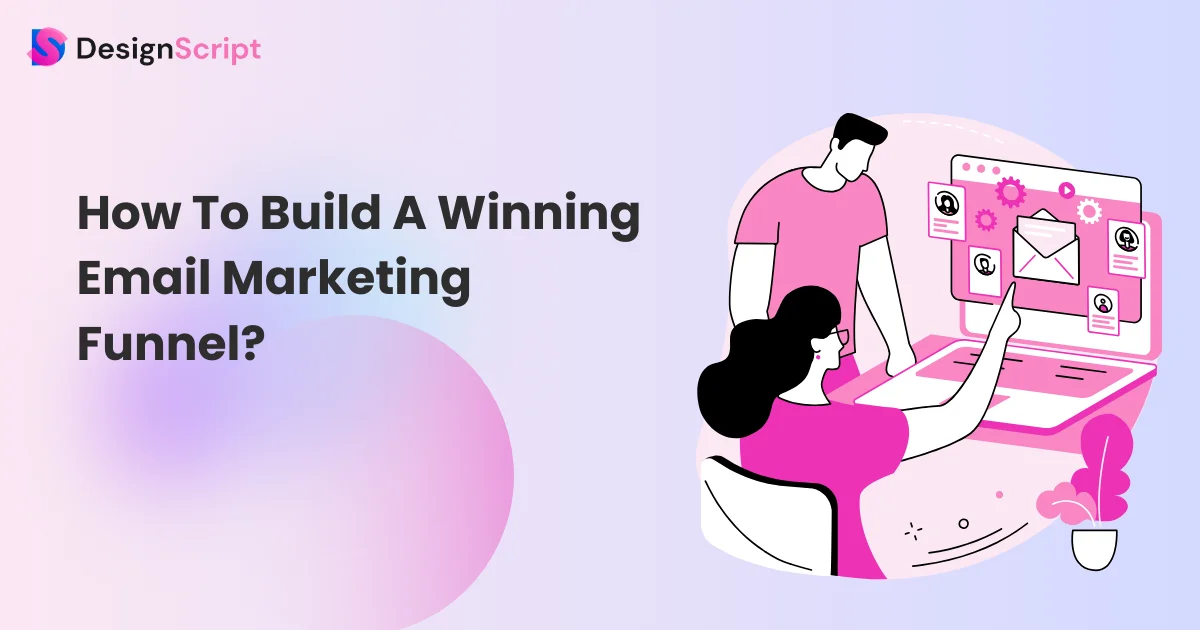How To Build A Winning Email Marketing Funnel?
Would you believe us if we said that you could perfectly nail a high-revenue generating email marketing funnel with planning? Well, stats say that email marketing can get you an ROI of $36 for every $1 spent, which sounds convincing enough!
So, isn’t it time to set up your own email marketing funnel?
Let’s look at how you can put one together for your brand but first, let’s brush up on the basics. Before getting onto creating the funnel, we’ll look at what an email marketing funnel is, its benefits, and the stages of the email marketing funnel.
Table of Content
What Is An Email Marketing Funnel?
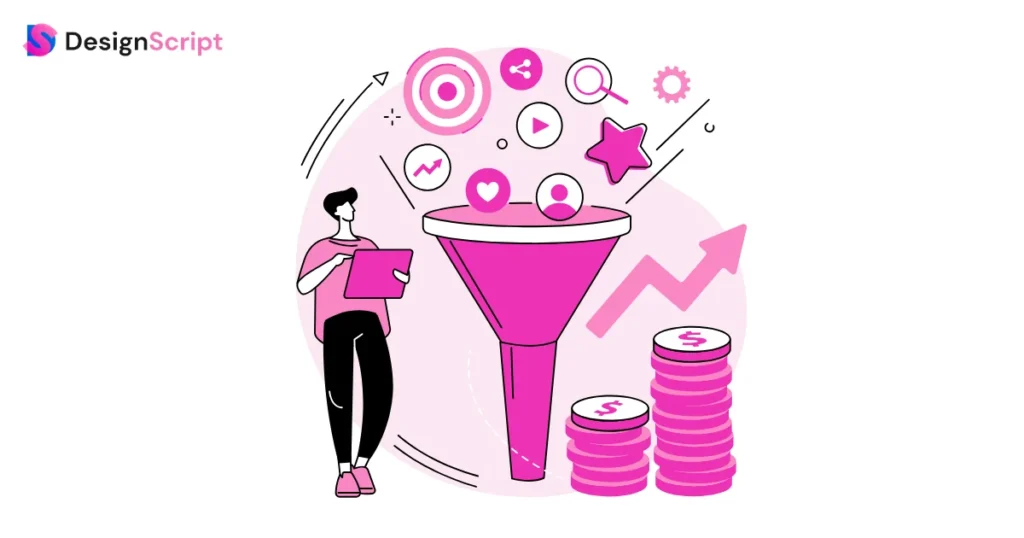
An email marketing funnel is a step-by-step series of emails that guide a potential customer through the entire sales process. Ideally, you’ll start with lead generation, which involves getting a qualified lead into your funnel. From there, you can nurture them into becoming paying customers.
Finally, you can turn them into full-fledged evangelists who spread the word about your business and products.
Email marketing forms an important part of your B2B content marketing strategy.
Why Do You Need An Email Marketing Funnel?

A well-designed email marketing strategy is powerful enough to convert a lead into a customer. In addition to being more effective at driving business, designing an email funnel puts you in complete control of the content. You can set the pace of the flow by altering the amount of information given to the customer throughout the process. In a way, it simplifies the customer journey.
By designing an email funnel, you can also ensure that each email is relevant to the recipient. This makes your email marketing personalized, making it more effective. If you want to grow your business via email, an email funnel ensures that you provide the best experience to your target audience.
Further, it is easy to measure the effectiveness of the email marketing funnel, and it gives a handsome ROI.
What Are The Email Marketing Funnel Stages?
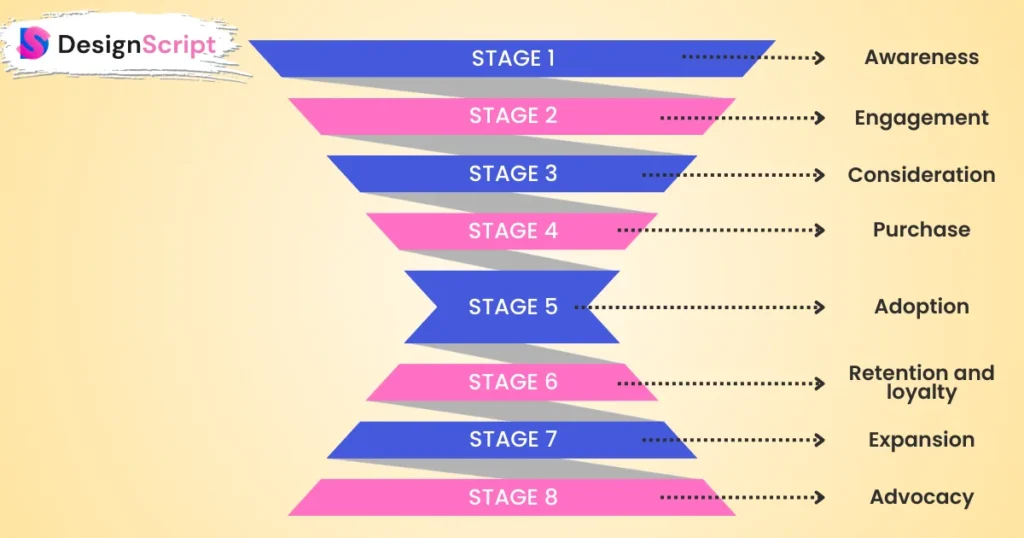
The different stages of the email marketing funnel include the following:
Awareness
The first stage of the email marketing funnel aims to create awareness of a product or service. Usually, potential customers at this stage hear about your brand for the first time and learn about your offering. Hence, at this stage, you must educate the lead and add value to establish your position as a thought leader and earn the trust of the leads. Try sending them downloadable resources like whitepapers and articles in your emails at this stage. Once they know your brand, you can take them to the next stage of the funnel, that is, consideration, through your emails.
Engagement
Though this stage comes after every stage of the funnel, it is best to place it after the awareness stage so that you know its importance. When your emails engage potential customers, it helps you build a strong connection with them, and you can do it through email nurturing. Getting potential customers to engage with your emails is essential if you want them to move further down the funnel.
Consideration
In the consideration stage, the prospect shows interest in your solution, and you have their contact details. At this point, they want to learn more about your brand. Put your maximum effort at this stage and try to understand your potential customers. Reach out to them through personalized emails. You have to show your copywriting skills here. Overall, this stage is all about launching the potential customers.
Purchase
After the consideration stage, the lead is now qualified, and you can ask the potential customer to try your product or service by giving them great offers and deals and showing how beneficial your product is. Add a CTA to drive them to take action instantly. You have to show how your product is much better than your competitor’s (which you can do with effective content marketing as well).
Adoption
At this stage, you must focus on building a long-lasting relationship with the potential customer, making the onboarding process easy for the customer, and giving them all the resources required.
Retention and loyalty
The customer is now using your brand, and it’s time to move to the next stage, where you have to win the customers’ trust and turn them into patrons.
Your return on investment will be high, and you will have more loyal customers.
Expansion
Get your customers’ feedback and see what improvements you can make by understanding how effective the solution is for them and what you can do from your end.
Advocacy
There is no better marketer than the customer himself. So once your customer spreads the word about your brand, you will see massive growth. For that, you have to give them a nudge asking them for recommendations and reviews. Try to reward them whenever they give your referral so that it is a win-win situation for both.
Types Of Emails In A Sales Funnel

Here are the different types of emails in a sales funnel,
1. Nurture Emails
The nurture email should have the content that you promised to send them when they signed up. Make sure your content shows you as an expert in your niche. Here are a few copywriting tips for the same.
2. Problem & Solution
Identify the prospect’s problem and present your product or service as a solution. Sometimes people don’t even know that a problem exists, and you can help identify it and tell them about the solution.
3. The Pitch
In this email, you can reveal your product in the most basic manner, with its features explained in bullet points. Add a CTA that is clear, short and crisp. Mention what the product is and how it can help customers try saying that repeatedly in your email to send the point across effectively. Try to highlight your product.
4. The Lift
Instead of getting upset about people not purchasing your product or service when you announced it, try to be positive and remind them about your solution and how it can help them. Try to add value to the recipient and talk about your product. Keep it simple with the CTA that takes the potential customer to the sales page.
5. Social Proof
In this email, you must provide social proof through case studies or testimonials to show that people have liked your product or service. In addition, you can mention the awards by your company. It helps build trust. Also, always remember to place a clear CTA that directs the lead to the sales page.
6. Objection Killer
At this point, many people will be interested in your product or service, but at the same time, there may be some questions in their minds, such as about your refund policy, your plans or other feature-related questions. Put a face to all the questions by sending a Q&A style email (FAQ), making them conversational and answering every possible question that may come into the potential customer’s mind. Mention your refund policy & trial period.
7. The Close
By now, potential customers are familiar with your product or service. It is now up to you to give them the nudge to convert. Use a very clear subject line and create a sense of scarcity or urgency most of the time. Time-limited offers work here. Try to mention all the features of your product, what existing customers have to say about it, and other social proof to back up your claims. You can give them a now-or-never deal so they can decide quickly.
8. The Last Call
The last email in the sequence is another attempt to turn the potential customer into a paying customer. Just keep it simple, short and clear with the reminder. Try to make them understand what their life would be like after using the product or service so that they are more likely to convert. Use time-limited deals again here and make them look urgent so they take less time to purchase.
How To Create An Email Marketing Funnel?
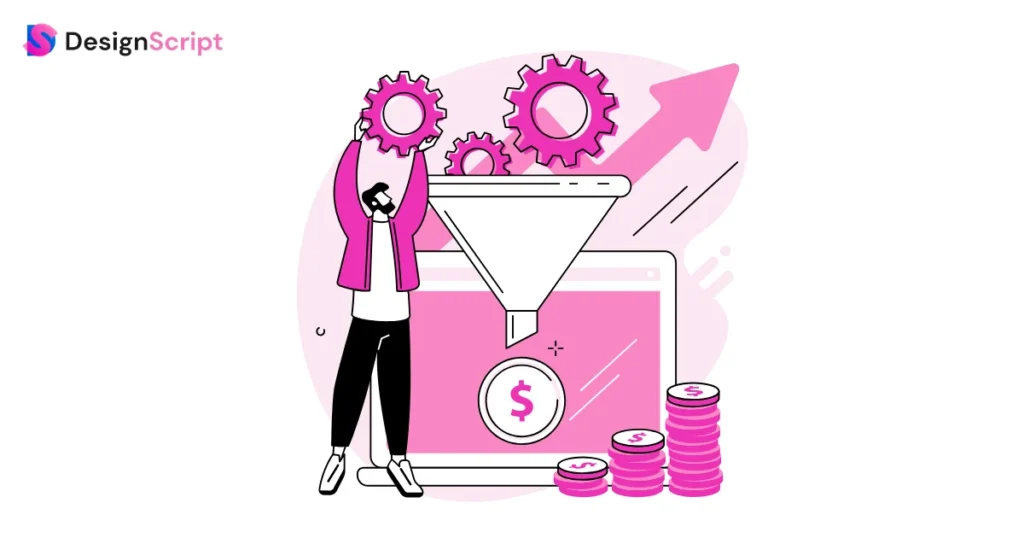
Let’s take a look at how you can create an email marketing funnel.
1. Top of the funnel: Generate leads
The first stage of an email marketing funnel is sometimes called the lead generation stage. You aim to generate a list of individuals interested in your product or service during this stage. It’s important to note that during this stage, you are not trying to acquire paying customers. You are simply collecting emails. You can do this with the help of opt-in forms and dedicated landing pages. While opt-in forms work well for newsletters, landing pages focus on a lead magnet (a course, resource or trial) to get the user into the sales cycle by providing them with value.
2. Middle of the funnel: Nurture leads
Once you have generated a list of interested parties, you can begin the second stage of your email marketing funnel – nurturing. This is where you continue to develop a relationship with the lead and learn more about their behaviors, habits, and objectives.
You can start by thanking them for their interest in your product and continuing to provide valuable information that will enhance their experience. Doing this creates trust, which in turn encourages further engagement. During this step, you can also introduce the next element of the email funnel by providing useful information about what’s coming next.
For example, if you are doing a product demo, you might send them emails with helpful tips on how to use your product, as well as discount codes, special offers, and so on.
3. Bottom of the funnel: Convert leads into customers
Now that you have a stable group of leads, it’s time to move them to the next stage of the funnel and convert them into paying customers who will engage with your brand and continue further down the funnel. You can build a more geared-up conversion strategy by sending personalized emails. Choose to send retargeting emails at this stage, along with time-limited deals that are too good to decline.
4. Repeat funnel: Retain customers
You just can’t stop the cycle as soon as the lead converts. While you have businesses that rely heavily on marketing to grow rapidly but without much regard for customer retention, you have to be the change. Try your best to give your customers the best experience after they purchase your product or service. Though it takes some planning and research to get there, you have to consider what you are doing to grow your email audience and how you intend to retain them.
Tips To Improve An Email Marketing Funnel
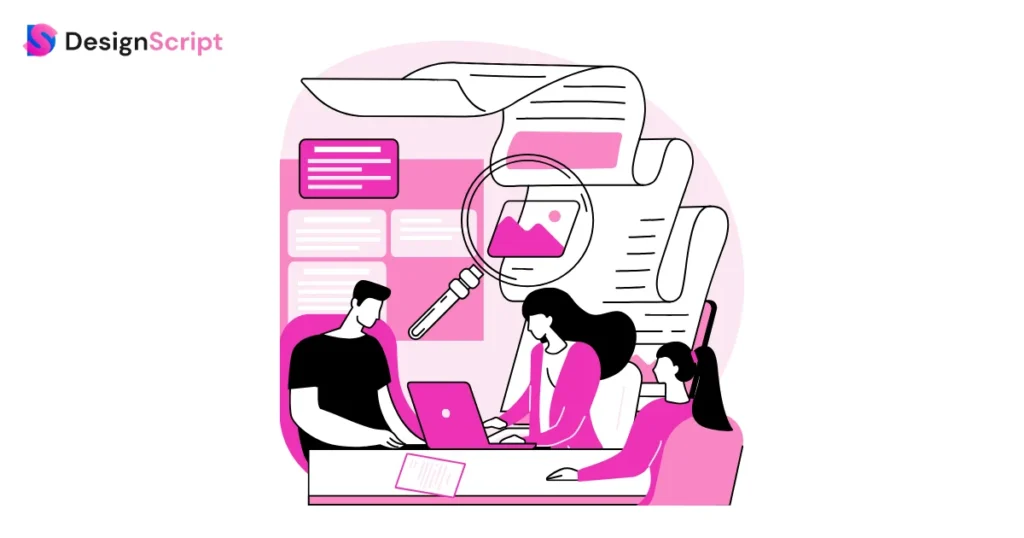
You saw how to create the email marketing funnel but it’s important to make sure that it is effective. Here are a few tips to improve your email marketing funnel:
1. Remember your business goals
If your business aims at making sales you have to build your email marketing funnel accordingly so that the customers who buy your product or service. Keep checking your funnel so that it is in alignment with the goals of your brand.
2. Create your own funnel
While the email marketing funnel has a set of stages, you may be using only some of them for your business. Ideally, the funnel should represent the customer journey that is suitable to you. You are also free to add more stages to make it work.
3. Avoid going overboard
Most often, people don’t read emails from brands because they are too boring or because they get emails from them too often. Instead of flooding customers with emails, stick to a few emails per week if you don’t want to lose prospects. Also, ensure that you focus on the sales copywriting quality so that the customers don’t lose their interest.
Here are a few more things to bear in mind, including tips for cold email copywriting:
- Make sure your emails are targeted and relevant to your audience.
- Personalize your emails as much as possible.
- Use engaging subject lines to increase email open rates
- Include a strong call to action in your emails.
- Test different versions of your emails to see what works best.
- Make it easy for recipients to unsubscribe from your emails if they wish to.
- Use attractive visuals and engaging content to encourage people to open and read your emails.
- Use A/B testing to try different subject lines, content, and call-to-actions to see what works best with your audience.
By following these tips, you can ensure that you get great results.
Start Building Your Converting Email Marketing Funnel!
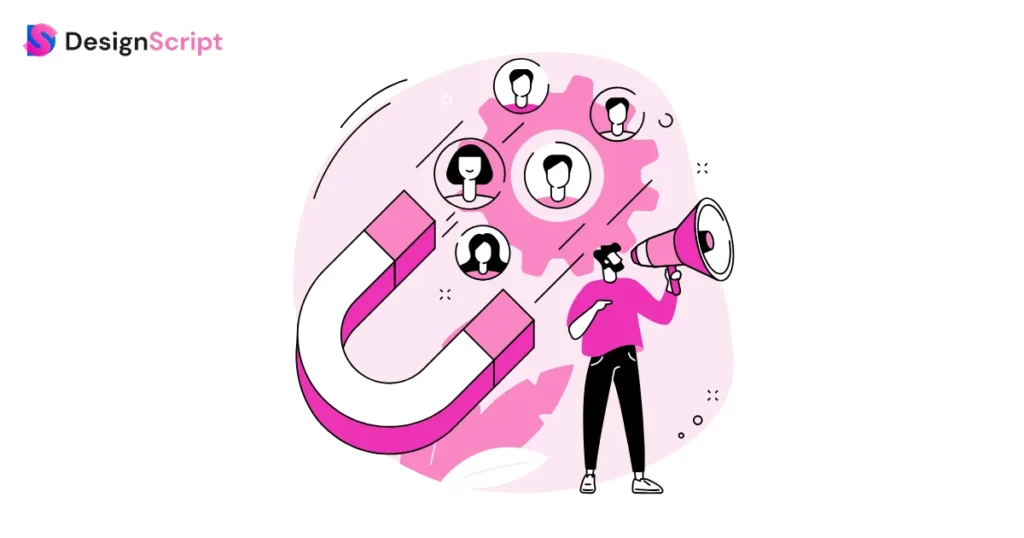
In this post, we saw what an email marketing sales funnel is and how to build one. The post also explains the different funnel stages and how to nurture a lead into a paying customer. However, it’s important to remember that every business is different and therefore requires a different approach. For instance, the approach is different for ecommerce content marketing. Try to keep everything we discussed in mind; you’re sure to produce excellent results and enjoy the benefits of an effective email marketing funnel strategy.
Get ready to get the cash registers ringing!
FAQs
To create an email marketing funnel, start at the top of the funnel & generate leads. Then move to the middle of the funnel & nurture leads, followed by converting them & retaining them towards the bottom of the funnel.
You can make the most of email marketing by creating a funnel that aligns with your marketing goals. Ensure your email campaign is personalized & trustworthy so that the recipients are more likely to convert.
To start a successful email marketing campaign, you need to have your goals in place followed by an email list and the type of campaign you want to run. You can then go about creating your first email campaign.

